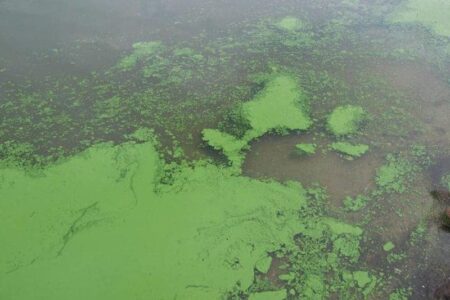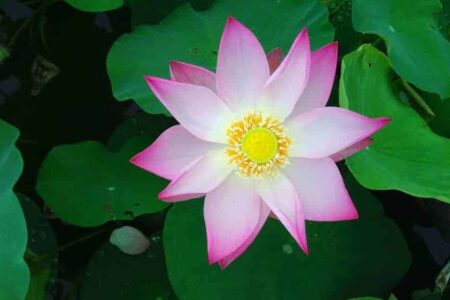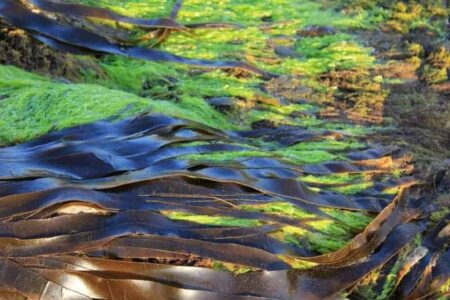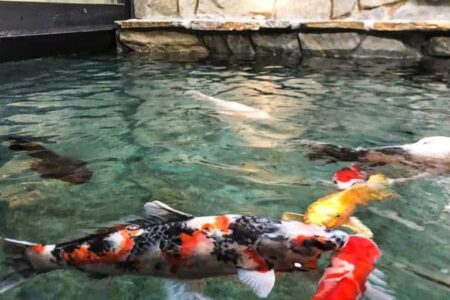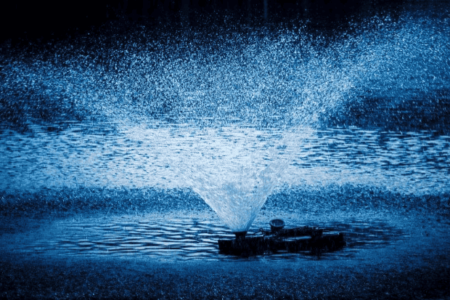What Are Emergent Weeds And The Different Types Of Common Water Weeds?
Is your pond or lake being crowded out by surface weeds? Here we discuss what emergent weeds are, their negative effects on fish and other aquatic life, how they invade shallow water along shorelines, and how to stop them from turning once-clear waterways into dominant emergent weed areas
Emergent plants are rigid weeds that don’t rely on water for survival, and aggressive growth can cause them to migrate into once clear waters, blocking lake or pond access, fouling up beaches, and prohibiting recreational activities. A common example of an emergent plant is the Cattail. Most emergent weed varieties can be controlled by applying topical treatments that allow for very precise control.

Cattails
Cattails are long, slender, grass-like plants with flat leaves about 1 inch wide. They produce long stalks with seed spikes at the ends. New infestations can rapidly spread to a depth of up to four feet and once established they can grow up to 10 feet tall, obstructing lake and pond views. New infestations of Cattails have been known to completely eliminate vital shallow water areas that are vital habitats for fish and other aquatic species that us it for breeding and protection. They trap organic debris like leaves and grass clippings, building a foundation that creates shallower conditions. As this foundation expands, encroachment by cattails further accelerates the transition from open water areas to dominant emergent weed lakes, ponds or shorelines.

Bulrush (Scirpus Spp)
The Bulrush (Scirpus spp) is a common emergent plant found in marshes and shallow shorelines throughout the United States.
Bulrush plants have long, thin, round or triangular stems that may or may not have any leaves at all. They produce long stems with clusters of seeds and brownish flowers at the ends. There are many different species of bulrush that invade shallow water areas along shallow shorelines. In the wild, bulrushes provide excellent habitats for fish and can help stabilize shoreline sediments. Excessive growth, however, can block lake access and inhibit water recreation.

Purple Loosestrife
The Southern Naiad is a common variety of the Naiad family. Sometimes confused with Chara, this bushy, brittle and slender emergent plant is a perennial weed easily identifiable by its reddish, purple flower spikes that bloom from July through September. The leaves have tiny spines that taper to a fine point. Purple Loosestrife is an extremely noxious and invasive weed that, by law, is not allowed to be planted or transplanted in order to control its spread.
Are you suffering from Algae Issues? Feel free to checkout our Algae Guide to determine which algae is affecting your water feature.

Smartweed
Smartweed forms green to yellow or brownish surface mats that are bubble filled and commonly grows in shallow waters along shorelines. As the plants mature beneath the surface of the water, stringy strands that resemble cotton candy may appear that attach themselves to other weeds, dock legs, or rocks. The plants have oblong, alternatively arranged leaves of about four inches in length and rose, dense pink or white flowers that appear above the water in midsummer. Smartweed may be emergent in shallow water or grow completely underwater with only the flowers held erect and visible above the waterline.

Creeping Water Primrose
Except for small white flowers that bloom during the summer, the water primrose grows entirely under the water. Dark green, oval-shaped leaves are arranged in clusters of 3 or 4 around branched stems. Creeping water primrose generally grows in shallow water and can creep up to 5 – 6 feet long. It has hollow stems with many red leaves that are covered in on both sides by minute, soft hair. If the plants become invasive it is recommended to apply Rodeo to the emergent portion to control growth with excellent results.
If you pond or lake is suffering from emergent weed overgrowth, feel free to reach out to us today for a free consultation. We’re able to manage your water features pertaining to exactly how they need to be managed. Each pond or lake is its own ecosystem requiring custom aquatic maintenance plans we offer bi-weekly, monthly, as well as annual aquatic management for all of Southern California. Call today for a free quote (714) 312-1260

